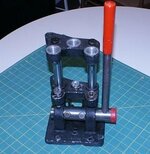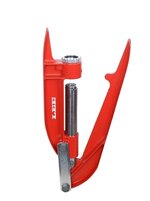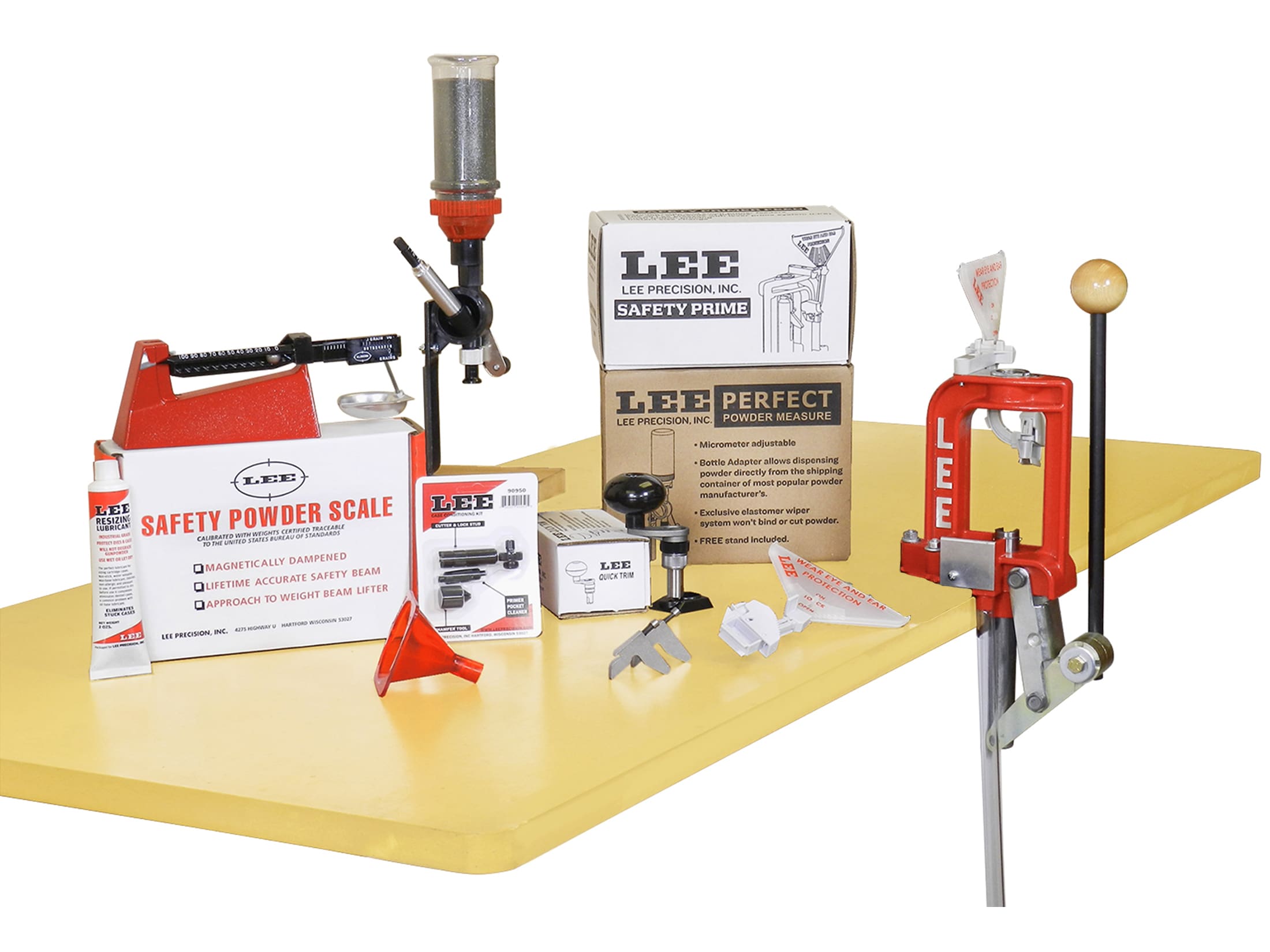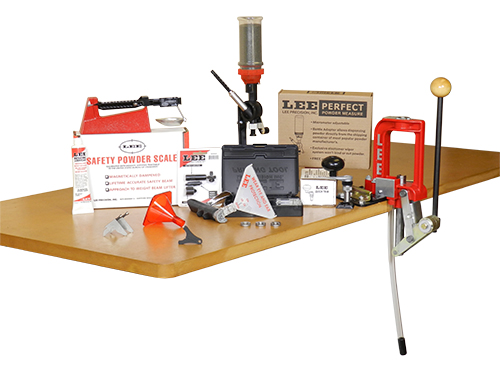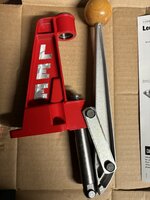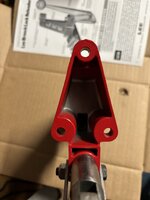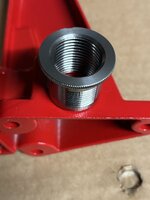Staff Member
Gold Lifetime
- Messages
- 21,834
- Reactions
- 63,224
So, I am really digging the .500 JRH (aka .500 Special) cartridge. It is a little more spunky than a .480 Ruger, without going full artillery shell with the .500 Magnum. At the present, I have a small cache of .500 Magnum and one remaining box of the shorter cartridge. Trouble is, it isn't an inexpensive round, nor widely available in many loads. The solution would seem to be handloading. I also abhor clutter, and me and my better half have been dramatically decreasing said, for general tidiness, but gearing up for a relocation.
Questions:
Questions:
- What is the minimum equipment necessary to produce safe, effective, .500 JRH cartridges in low volume? What gear do you recommend?
- Good technical information and/or training to use said?
- I plan on saving the spent Special casings the next time I going target shooting. Presumably saving the Magnums would help too, but if not, will toss.
- I'd like to develop a load that has a very heavy bullet, traveling at relatively slow(er) velocity. A modern "manstopper" round, if you will. Ideas on how to get there?
- What am I adding, parts/clutter-wise, if I was thinking of loading another revolver cartridge? I've got plenty of .44 Magnum (the handgun cartridge I shoot the most), but no supply is inexhaustible. And .44 Special is hit or miss at best locally, so I order small amount on the Intratubes at times.
- A little farther afield; I'd like to add a Webley Mark IV to the mix at some point. Alas, most specimens I find are "shaved" for .45 ACP / .45 Auto Rim. Unmolested examples are far more rare. Would handloading .45 Auto Rim to Webley specifications be a viable solution? Since I would already be setup, the idea crossed my mind.






